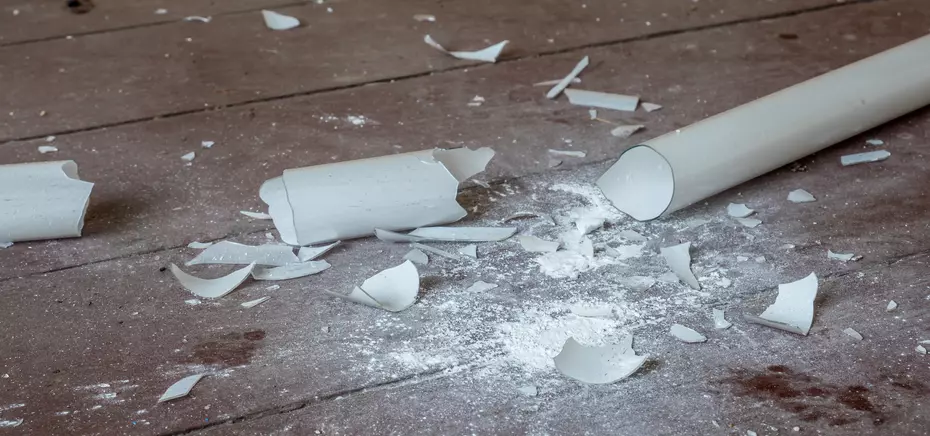What to do if a UV lamp breaks?
UV lamps usually contain mercury, which is hazardous to health. This is liquid at room temperature or bound in an amalgam.
If a uv lamp breaks, mercury can be released into the room air. The measures to be taken depend on the amount of mercury released.
Fluorescent lamps generally contain only a few mg of mercury. UV lamps, such as those used in UV curing or UV exposure, on the other hand, contain more mercury.
What to do if a fluorescent lamp breaks?
- As the mercury content of the room air is highest immediately after the lamp breaks, you should immediately open the windows for ventilation if the lamp breaks.
- Then leave the room for approx. 30 minutes.
- Switch off the heating and air conditioning to significantly reduce the air pollution. Carry out all further cleaning and tidying work with the window open so that the mercury content in the air continues to decrease.
- How do I properly remove the broken fluorescent lamp?
- Before cleaning, ventilate the room for 30 minutes and leave the room! Switch off the heating and air conditioning!
- Leave the window open while cleaning.
- Do not use a broom, hand brush or vacuum cleaner for the first cleaning! The vacuum cleaner will swirl the mercury back into the room air. You can avoid this by sweeping up the glass splinters with cardboard or stiff paper.
- Wear rubber gloves! This will protect your hands from sharp glass splinters and contact with mercury.
- Carefully place the larger pieces in an airtight container (e.g. an empty jar or preserving jar). Sweep up smaller pieces of glass with cardboard or stiff paper. On smooth floors, for example laminate or parquet, wipe up the dust and remaining glass splinters with damp paper towels and put them in the container.
- Pick up splinters and dust lying on carpets, blankets or upholstery with adhesive tape and place them in the container. Take this waste to your local collection point - do not dispose of it with household waste! Store safely until disposal.
- You can dispose of all cleaning utensils and the rubber gloves with the household waste outside the house.
- Ventilate for some time after cleaning.
- Finally, wash your hands thoroughly.
What to do in the event of a major mercury leak from a UV lamp?
Clear the danger zone and cordon it off if necessary. Fine mercury globules can disperse. Therefore, there is a risk of the spill spreading to other areas through shoes and objects.
- Stay calm, inform yourself about the dangers of mercury
- Close off the room to prevent other people from entering it.
- If possible, turn off the heating, air conditioning and ventilation to minimize the spread of mercury through the air.
- Open all windows and doors to the outside in order to ventilate the rooms sufficiently.
- Put on disposable gloves and, if available, a respirator mask.
- Wear disposable shoes or overshoes to avoid contamination.
- Use special mercury collection kits to collect drops and visible amounts.
- Use stiff pieces of cardboard, adhesive tape or special mercury adhesive rolls to collect smaller drops.
- Collect the mercury in an airtight container that is safely stowed away.
- Place the contaminated material in a leak-proof container and label it accordingly.
- Dispose of the material as hazardous waste in accordance with local regulations.
- Wipe the affected surfaces with damp disposable wipes.
- Use special mercury cleaning agents if available.
- Continue to ventilate the room thoroughly.
- If possible, have measurements taken of the mercury content in the air to ensure that the room is safe.
- Contact the local poison information service or a doctor if you are unsure or have any health complaints.



